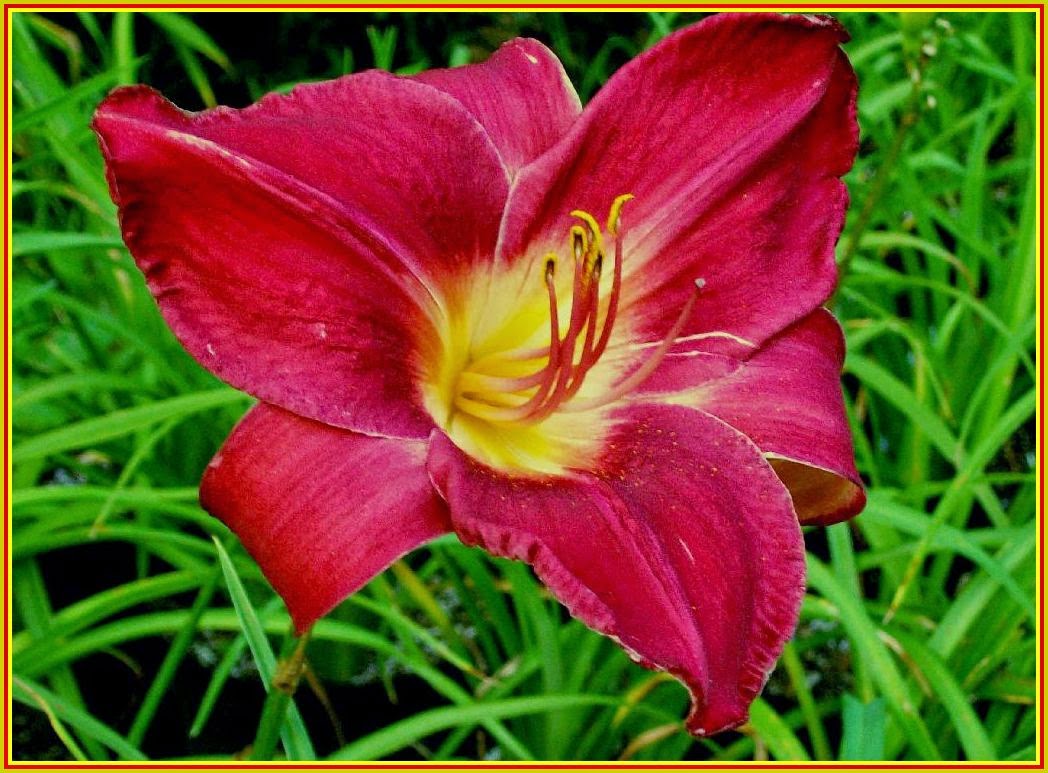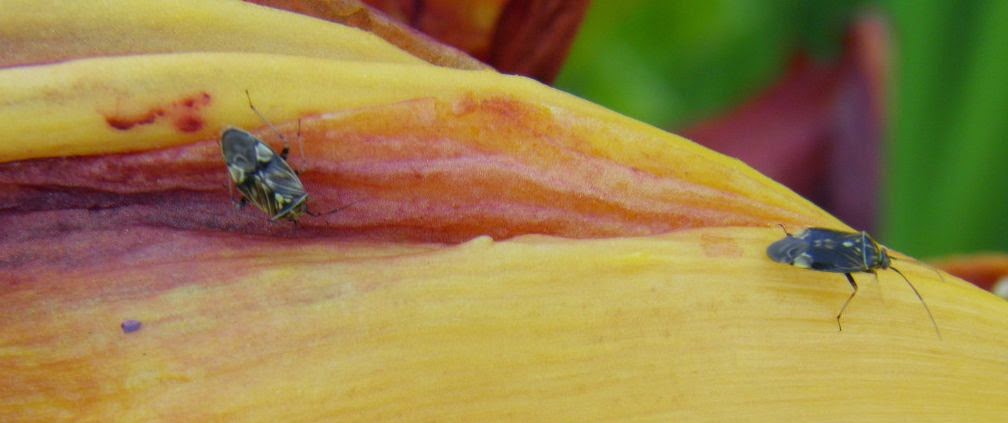Monday, February 24, 2014
22.8° here on the mountain after a roller coaster of temperatures for the past four hours. The wind is a constant 6 mph and that makes it a lot colder. Alex just brought in some more wood for the stove so I guess he noticed the temperature too. Karl the Wonder Dog is in front of the wood stove, apparently oblivious to anything at all. Gail just packed the car and headed to a friend's to get advice on a bear paw quilt she is making. I think she is going to squeeze in a few lessons on making penny rugs too. It should be quiet here!
I have promised myself that I will bring my hosta display garden back into the direction it was headed before the Tropical Storm Irene disaster in 2011 and this will mean redoing a lot of work that I have already done three times over. Some of this might interest those considering a hosta garden themselves.
The location of any hosta gadren should be done with more care than I provided when I started my project. I think I stood at the top of the hill looking towards Marshfield village, saw the Winooski River snaking around the eastern part of our new land and convinced myself this was the perfect place. It was an absolute mess of a swamp and water, willows, box elders and a few elms but I learned long ago to see through problems and look positively to the future. It took all one fall and most of the following season to clear the land but in the end I had myself convinced it would be fine. I still hadn't recorded the wind and temperature influences on the land and assumed the sunlight that seemed obvious would do what I neded through the entire piece of land. Not so. At that point I still hadn't noticed that the wind came every day from the west and that meant during cold spring and fall, frost settled right on top of what would be the most leafy plant I grow. Hostas. Not good!
When I began planting, my errors began to show. The land had once been a staging area for the town and the state to stockpile sand and gravel for the adjacent Route 2. Over the years the river had flooded and left 2 feet of alluvial soil on top of the sand but I didn't learn this until the first hole was dug.
Hostas are an easy plant but that still means that you should plant them well and they will prosper. They benefit from moist soil but what I had was not the dream it first appeared. The alluvial soil was basically clay loam with a small amount of organic leftovers from ten miles above us at the source of the Winooski. There was little in the soil that retained moisture and although it looked deep brown-black when wet, it was really not worth much. The land below leached water when the water table was appropriate but when dry times came or the river was reduced by a nearby power plant, the sand and soil dried quickly. As poor as this might sound, the situation was workable, it's just that more compost was needed than I planned for.
I overdug every hole about three times the width of the plant I was adding. I removed soil and sand well into the sand mix and insured that the sand was spread away from the holes so it would not go back in. Then I added a foot of composted maple leaves and manures with the manure mixed with the top +1 foot of soil and three handfuls of lime per hole. Then I watered each hole well, planted each hosta, topped with a layer of compost and wood chips to hold everything in place and I watered with a mix of Epsom salts and 10-10-10 fertilizer. I stomped each plant in well and then circled each with one last handful of lime.
Since that time the hostas have prospered and so have the weeds. Following my original plantings and prior to the floods I had a friend spend a week spreading 6 inches of decomposed wood chips on top of the entire area. I brought in tons of crushed granite and made pathways. It truly did look fine before the flood took it away.
During the planting I intentionally left some clumps of native eupatoriums. I thought the color of the foliage and the height of the plants would contrast well with the hostas. It did and it didn't. The eupatoprium spread all over the place and I was forever digging up more and more. I had the same experience with several ferns with hay scented ferns being the biggest nuisance. Then there were the leftovers from the floods. Weeds cropped up everywhere, some I had never even seen before. Unlike many organic vegetable growers along the Winooski, I was spared the trouble of major seeding-in of Japanese knotweed. Just the same, the weeds I did inherit were more than enough to keep the tiller tilling for two summers. Things are now on their way to recovery.
Looking back on four years of experience I am pleased the garden still exists even though by now I intended it to be one of the nicest hosta displays in the east. I lost over 250 hosta varieies as well as companion plantings of cardinal flower, 4 varieties of trollius, ligularias, rodgersias...the list goes on. But 2014 will be a different year as the rebuilding continues. Some of the box elders will last for a few more years and those that need to come down will head to my friend Paul in Peacham for eventual turning into bowls. Box elders have a beautiful red fungus that colors like a flame and holds fast after being turned. I will plant a few more lindens and hybrid maples for shade replacement and will plant Ninebark 'Diablo" and 'Nugget' against the outside of the back fence to provide for the shade lost when shear winds toppled scores of tall, shade producing trees.
Gail has been growing on many replacement hostas in 15 gallon pots and these will be reintroduced. I have orders coming from out of state hostas growers that will be sizeable plants within two years when we add them to our sales list. In the interim they can be on display for folks to see. Visual in the garden is many times better than looking at catalog pictures even if the plant has not reached maturity yet.
If you are passing by this summer, stop and see how we are doing. Gail reminds me there is some type of natural disaster to this land every year but I'm still optimistic. All farmers, any kind of farmers, even flower farmers have to share smiles with their friends. Happy gardening!
Writing from the mountain above Peacham Pond where the sun is coming out, the wild turkeys have left and the feeders are filled with hungry song birds. I have to get some more seed out to them.
George Africa
The Vermont Gardener
On Facebook as Vermont Flower Farm and Gardens. Like us!
On Facebook as George Africa
On Twitter as vtflowerfarm
Visible on LinkedIn
Always here to help you grow your green thumb!






























